Mr. Yeom Jae-ho, President of Taejae University, raised the unemployment situation among Korean students and proposed solutions.
According to data from Statistics Korea, there are 1.2 million young people who are unemployed, including 504 thousand young people who are not looking for work, 269 thousand people who are officially unemployed and 434 thousand people who are preparing to find work. More worryingly, 316 thousand people in their thirties are also in the unemployed group.
The rise of artificial intelligence (AI) has accelerated the pace of job losses. Global technology giants such as Microsoft and Amazon have cut tens of thousands of employees as repetitive tasks, middle management and software development are gradually replaced by AI.
This leaves graduates, trained in a rigid, mass-production-oriented model of the 20th century, vulnerable to falling behind. In fact, only about 66% of South Korean graduates will find jobs in 2022, reflecting the imbalance between education and market demand.
The historical lesson from the United States after World War II provides an important reference. In 1944, President Franklin D. Roosevelt signed the Servicemen's Readjustment Act (GI Bill), to stem the tide of unemployment for 15 million discharged soldiers.
The program not only provided tuition assistance, living allowances, and home loans, but also opened up educational opportunities to millions. The result was a highly educated workforce that helped fuel the booming American economy of the 1960s.
South Korea could learn from this experience by creating a domestic version of the “GI Bill” that focuses on retraining and reskilling young people. Instead of relying on short-term subsidies or increasing international student enrollment, regional universities, which are at risk of disappearing, could become hubs for master’s degrees in AI Transformation (AX). This model would combine remote online teaching with hands-on workshops with businesses, which is both cost-effective and practical.
If the Ministry of Education and the Ministry of Science and Technology launch an initiative to train one million AX professionals, the impact will be twofold: revitalizing the local university system while simultaneously equipping the younger generation with skills to adapt to the AI era. Unemployment benefits can be converted into tuition and living expenses support, turning the crisis into an opportunity.
Only with a restructured and future-oriented education system can South Korea maintain its global competitiveness while also meeting the challenges posed by the rise of China and the increasingly protectionist tendencies of the United States. The answer to the unemployment crisis lies not in waiting for the market to correct itself, but in proactively creating a flexible education system that is linked to technological transformation.
South Korea’s youth unemployment crisis is not only an inevitable consequence of AI, but also a reflection of the lag in education reform. Without a rapid restructuring towards training new skills, South Korea will lose its competitive edge and fall into a vicious cycle: graduates are unemployed, while businesses lack suitable human resources.
Source: https://giaoducthoidai.vn/khung-hoang-that-nghiep-o-thanh-nien-han-quoc-post750741.html


![[Photo] Students of Binh Minh Primary School enjoy the full moon festival, receiving the joys of childhood](https://vphoto.vietnam.vn/thumb/1200x675/vietnam/resource/IMAGE/2025/10/3/8cf8abef22fe4471be400a818912cb85)




![[Photo] Prime Minister Pham Minh Chinh chairs meeting to deploy overcoming consequences of storm No. 10](https://vphoto.vietnam.vn/thumb/1200x675/vietnam/resource/IMAGE/2025/10/3/544f420dcc844463898fcbef46247d16)


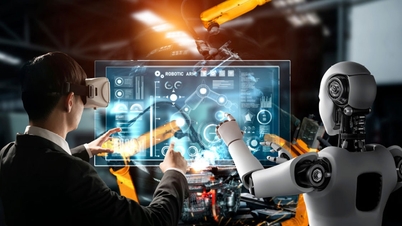



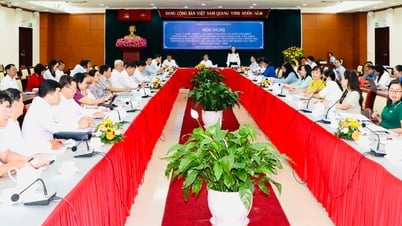

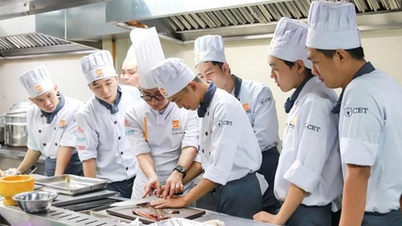



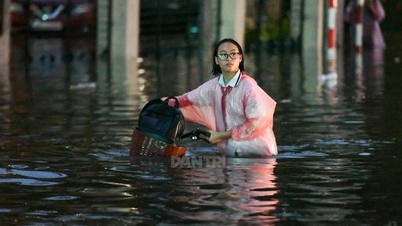

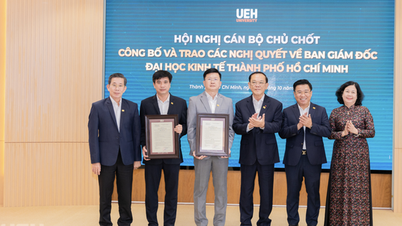


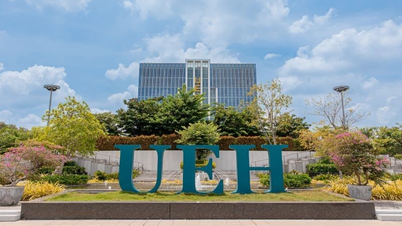
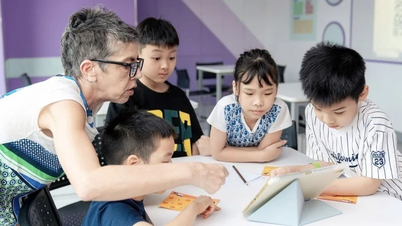




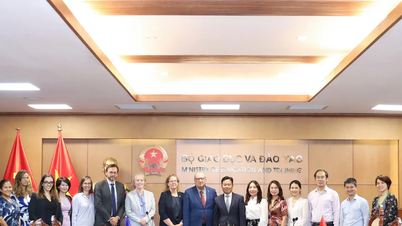
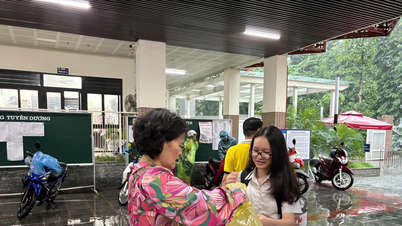
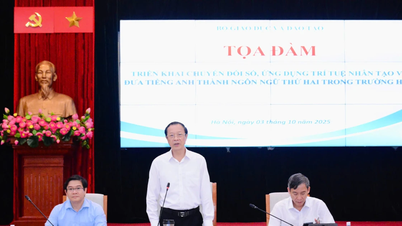

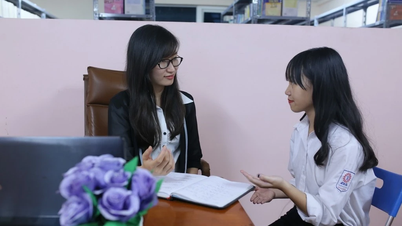
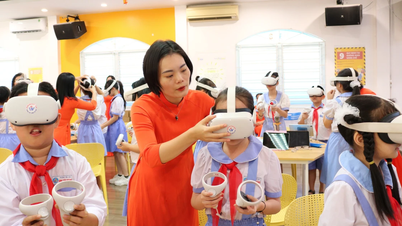

















































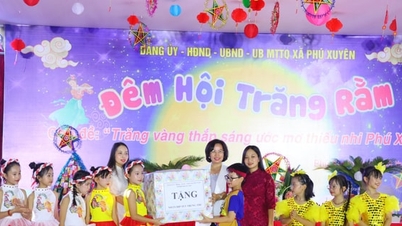
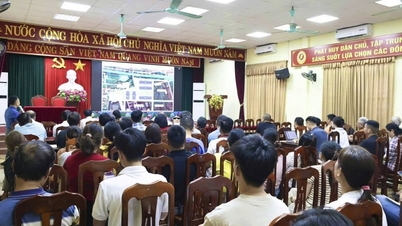

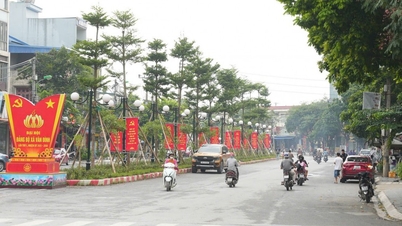


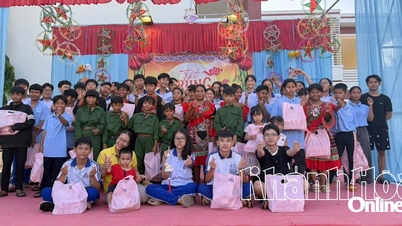













Comment (0)